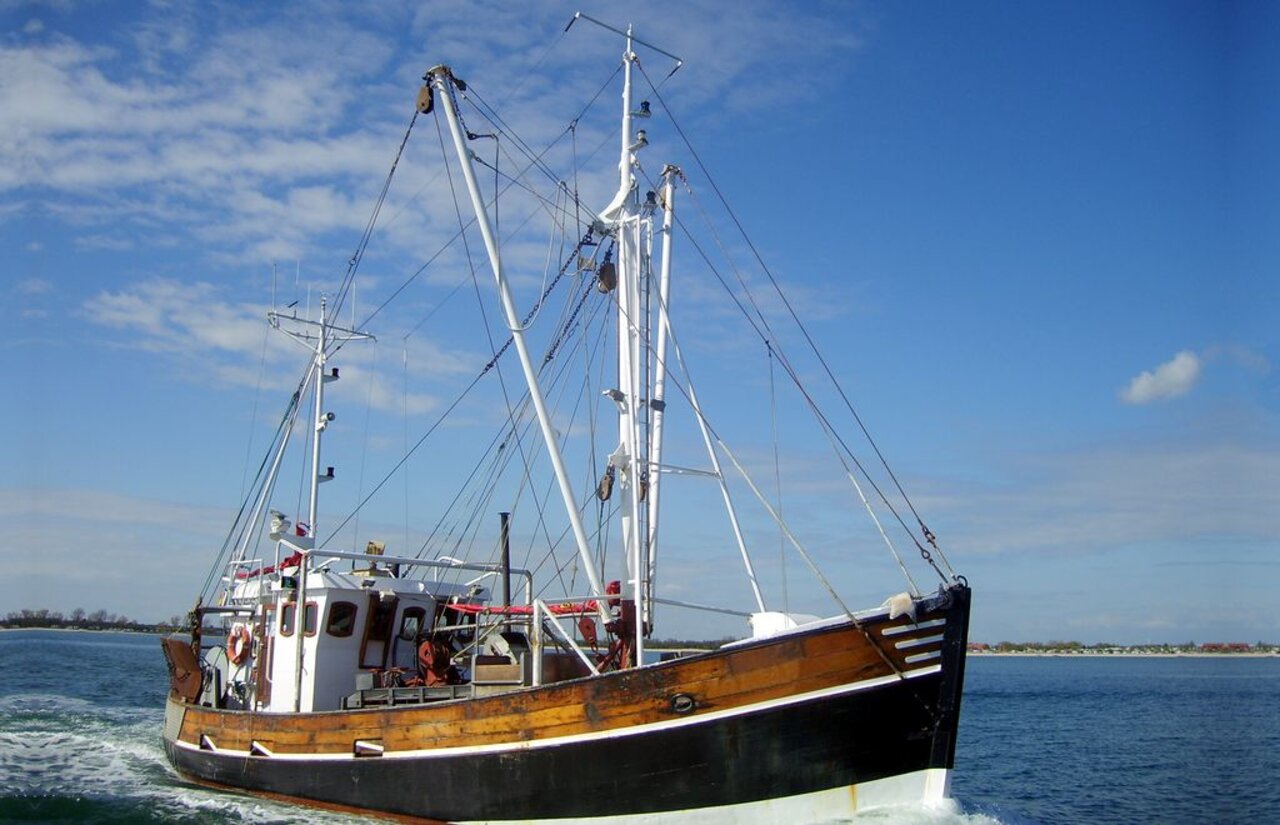Project
Interaction in European coastal waters: A roadmap to sustainable integration of aquaculture and fisheries (COEXIST)

Interaction in coastal waters: A roadmap to sustainable integration of aquaculture and fisheries (COEXIST)
Competition for space is increasingly an issue in coastal zones. Multiple uses create complex issues for ocean governance and management. "How to evaluate the interactions between coastal fisheries, aquaculture and other activities in coastal areas?" is the central resarch question addressed by COEXIST.
Background and Objective
COEXIST is a broad, multidisciplinary approach to develop a roadmap towards better integration, sustainability and synergies among different activities in the coastal zone. Current and future management options and their consequences need to be evaluated and communicated in the right way.
Target Group
Politics, Non-Governmental Organisations, Economics & Fishing Industry, the Public
Approach
- The project studied the interactions between capture fisheries and aquaculture and evaluated mutual benefits and possible bottlenecks for concomitant development of these activities in the coastal zone within the context of the ecosystem approach to management.
- It proposed, developed and evaluated the efficiency of spatial management tools (zoning, closed areas, etc.) to promote different forms of coastal aquaculture and fisheries at different scales (e.g. local, regional) and it exploited mutual opportunities (e.g. artificial reefs, protected areas, wind farms, tourism etc.) within a context of competition for space by multiple users.
- The project addressed differences in acceptance of activities (fisheries, aquaculture, and other use of the coastal zone) by the society.
- A detailed strategy for communication and involvement of stakeholders and for dissemination of results to general and targeted audiences was integrated in the project.
Data and Methods
- Base line: identification of interactions, conflicts and management tools in coastal waters (marine ecosystem approach)
- Legal, institutional and policy frameworks
- Integration of models and processes
- Evaluation of spatial management tools
- Best Practice: Synthesis of COEXIST Work Packages 1 to 4 and Case Studies
- Dissemination, communication and Knowledge Transfer
Our Research Questions
How can the integration of fisheries and aquaculture and other uses be evaluated? How can the main conflicts be characterized (spatial and temporal scale)? Where does or will spatial co-use occur (mapping)? What are the current legislations and objectives relevant for spatial management?
What are the impacts of spatial management measures on the identified main activities? How can the main conflicts and opportunities be quantified and different management options be assessed? How would different spatial management options impact fisheries revenues? How would different spatial management options and prices (fuel, products) impact fisheries economics at segment resolution? Who are the relevant stakeholders and what are their opinions regarding conflicts and opportunities of current and future activities? What are the stakeholders’ opinions regarding the achievement of management objectives and which objectives are relatively more important to the different stakeholders? How would different management scenarios affect relevant management objectives? What is the relative effectiveness of spatial management, given effects and stakeholder preferences?
What are the relevant parameters for certain aquaculture species and what sites are suitable for aquaculture? What is the cultured species’ vulnerability to potential diseases? What is the optimal aquaculture practice? What are the production levels and economic revenues for aquaculture (carrying capacity including IMTA?
Results
One of the core results is the (online) COEXIST Guidance Document, which presents several approaches to balance ecological, economic and social consequences of an increasing demand for space of multiple sectors. The guidance includes altogether seven case studies in North- and Southern Europe. In this context the use of methods and tools to localize potential synergies, solve potential conflicts and identify suitable management approaches is demonstrated.
Links and Downloads
Thünen-Contact

Involved Thünen-Partners
- Berkenhagen, Jörg SF Institute of Sea Fisheries
- Gimpel, AntjeSF Institute of Sea Fisheries
- Kloppmann , Matthias SF Institute of Sea Fisheries
- Kraus, GerdSF Institute of Sea Fisheries
- Kraus, GerdSF Institute of Sea Fisheries
- Schulte, KatharinaSF Institute of Sea Fisheries
- Schulze, TorstenSF Institute of Sea Fisheries
- Sell, Anne SF Institute of Sea Fisheries
Involved external Thünen-Partners
- Institute of Marine Research (IMR) / Havforskningsinstituttet (HI)
(Bergen, Tromsø, Norwegen) - AquaTT
(Dublin, Irland) - University College Cork
(Cork, Irland) - Institut français de recherche pour l'exploitation de la mer (IFREMER)
(Brest, LHoumeau, Issy-les-Moulineaux, Nantes, Frankreich) - IMAR - Institute of Marine Research (INSTITUTO DO MAR (IMAR UAZ))
(Coimbra, Horta, Portugal) -
Consiglio Nazionale Delle Ricerche (CNR)
(Neapel, Florenz, Oristano, Torino, Italien) - CEFAS (Centre for Environment, Fisheries & Aquaculture Science)
(Lowestoft, Großbritannien (inkl. Nordirland)) - Wageningen University & Research (WUR)
(Wageningen, Niederlande) - Danish Technical University (DTU)
(Kopenhagen, Hirtshals, Charlottenlund, Dänemark) - SYKE - Finnish Environment Institute
(Helsinki, Finnland) - Finnish Game and Fisheries Research Institute
(Helsinki, Finnland)
Funding Body
-
European Union (EU)
(international, öffentlich)
Duration
4.2010 - 3.2013
More Information
Funding program: EU – FP7 – Thematic Priority "Environment (including Climate Change)"
Project status:
finished

![[Translate to English:] [Translate to English:]](/media/_processed_/7/1/csm_IMG_7977_large_1defaf5de1.jpg)






